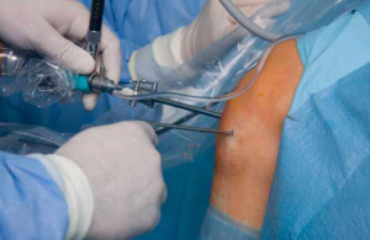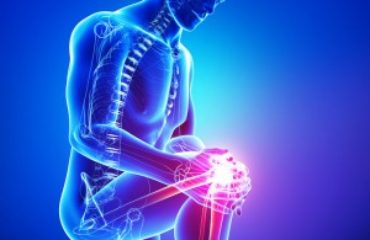The knee joint can bend, straighten and rotate slightly. The knee joint is formed by the thigh bone or femur and the lower leg bone or tibia, many ligaments and tendons.
Because the knee absorbs a large percentage of our body weight while standing and walking, it is susceptible to injury, especially in athletes and people with an active lifestyle.
The knee injuries and conditions include –
• Bursitis
• Tendonitis
• ligament tears
• worn-out cartilage
• arthritis
• muscle sprains and strains
• postural misalignment such as knock-knees or bow-legs
Braces can provide immense relief to people suffering from knee pain and arthritis. Knee braces can support the knee joints to prevent further injury and reduce pain and swelling. They also help in recovery and rehabilitation of the knee joint after surgery.
Types of Knee Braces
Prophylactic Knee Braces
Prophylactic knee braces can help to prevent and reduce the severity of injuries to the knee ligaments. It is often used by athletes in contact sports like football.
Functional Knee Braces
Functional knee braces can support injured knees and reduce rotation after an ACL injury.
Rehabilitative Knee Braces
Rehabilitative knee braces can be used during recovery to limit potentially harmful knee movements. They can also be used to protect the knee joints and ligaments from future or recurring injury.
Unloader/Offloader Knee Braces
These knee braces can provide relief to people with arthritic knees, especially medial compartment knee osteoarthritis. As the name suggests, these braces can unload stress from the affected joint by placing pressure on the thigh bone.


